In the process of studying animation in Unit 1, I participated in various exercises, each providing me with unique learning experiences and inspiration. Here are my reflections on some of these exercises:
- Bouncing Characters: Through learning and practising follow-through and bouncing ball techniques, I gained a deep understanding of weight and dynamics in animation. By controlling the bounce of characters, I learned how to utilize gravity and rebound forces to enhance the liveliness and realism of animation.
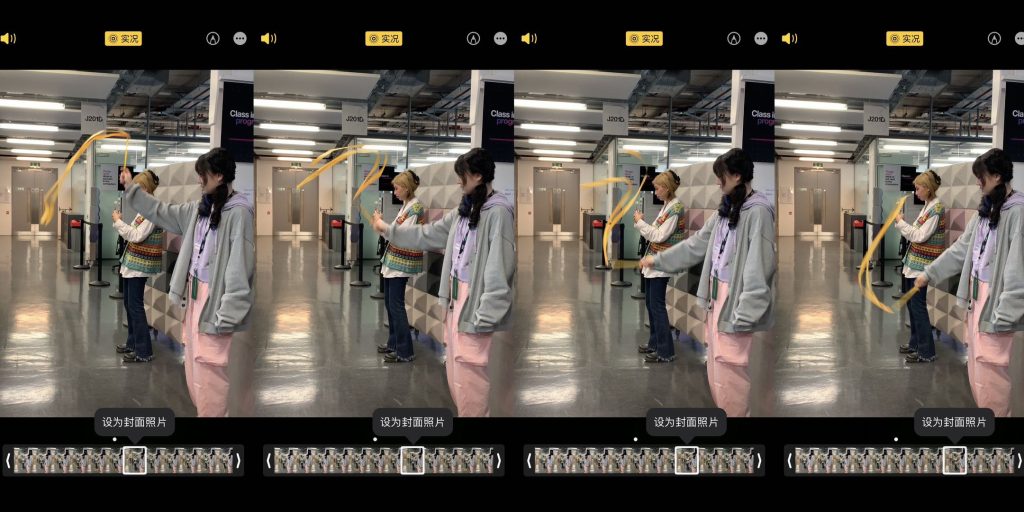
- Character Lift, push or Pull: This exercise taught me how to portray interactions and mutual influence between characters. By adjusting the posture and actions of the characters, I could effectively convey the power dynamics and emotional relationships between them.
- Character Design: Character design is a crucial aspect of animation creation, and through this exercise, I learned how to craft unique and personality-rich character images. From appearance to personality traits, every detail can influence the audience’s perception and emotional connection to the characters.
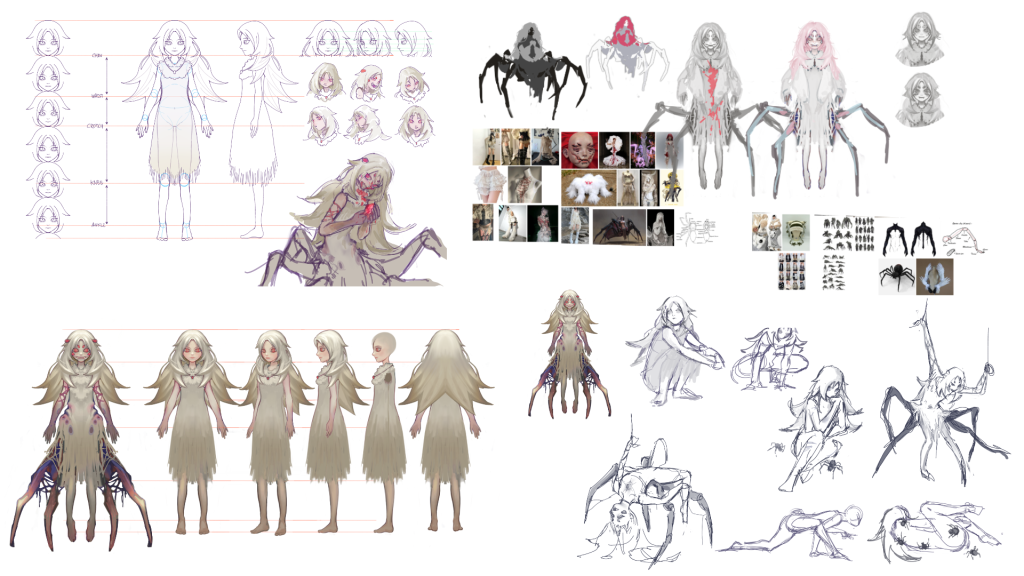
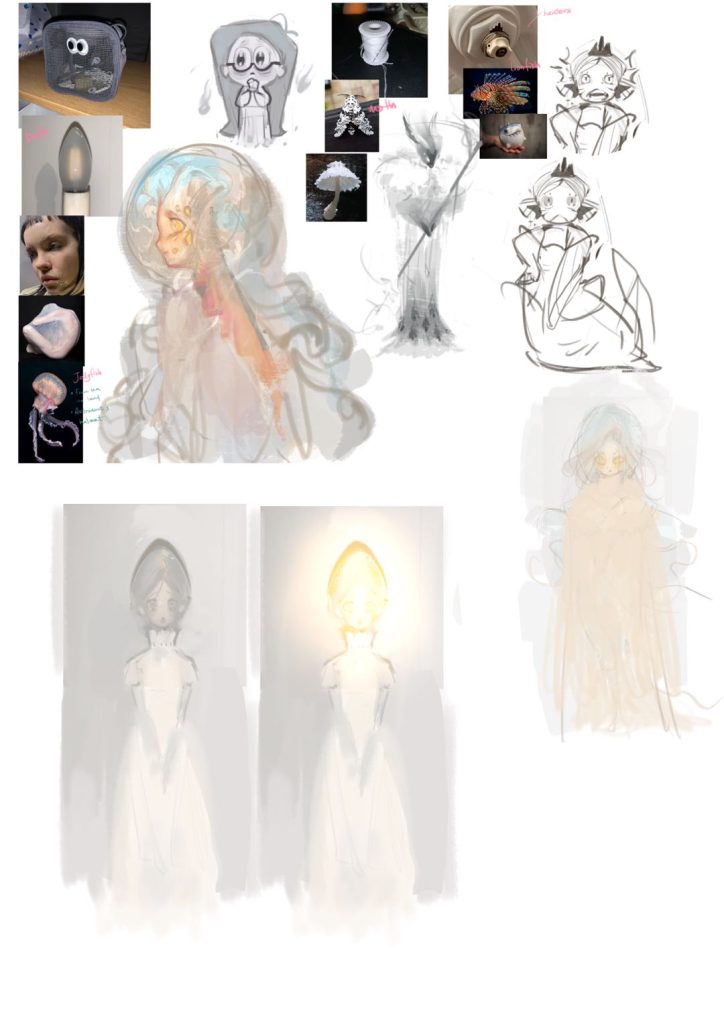
- Mood change walk: Through studying mood change walks, I mastered how to convey emotional and psychological changes through a character’s gait and facial expressions. This exercise enabled me to more flexibly utilize animation techniques to express the complexity of characters’ inner worlds.

- Quadruped walk: Quadruped walk is a challenging exercise, and by learning it, I enhanced my understanding of animal movement and anatomy. Mastering quadruped walk techniques not only improved my ability to design animal characters but also heightened my observation and analysis skills of animal behaviour.
- Silent Film – Body and Facial Acting: Silent film exercises taught me how to tell stories through a character’s body language and facial expressions. Without dialogue, I needed to focus more on the expressive power of character actions and emotional conveyance, thereby enhancing my comprehensive application of animation skills.
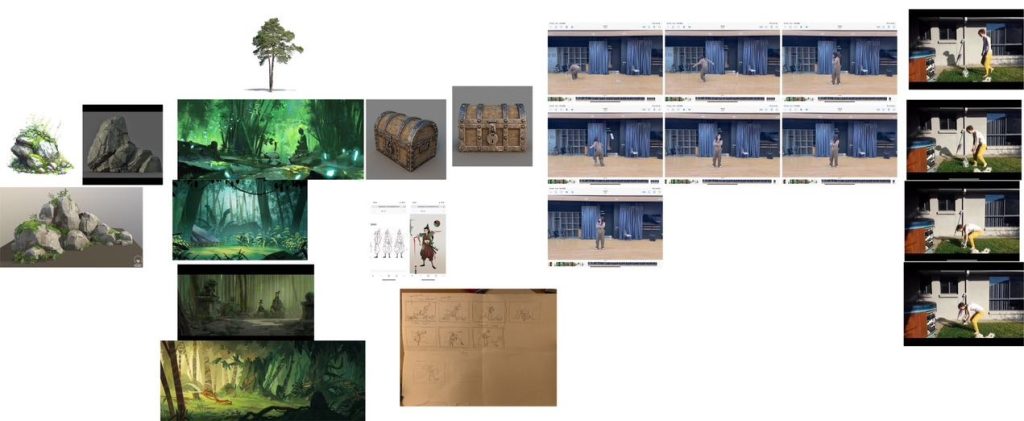
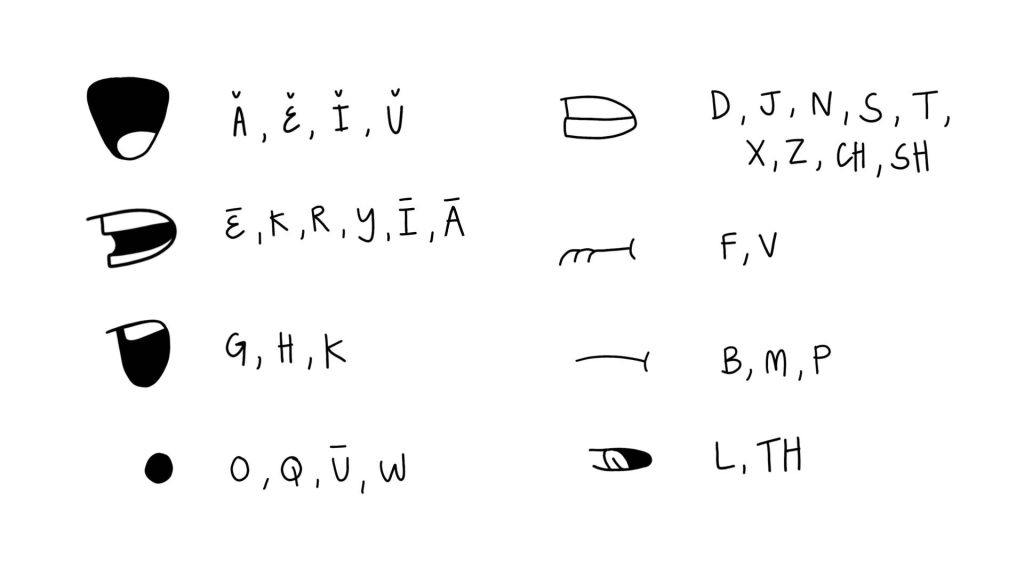
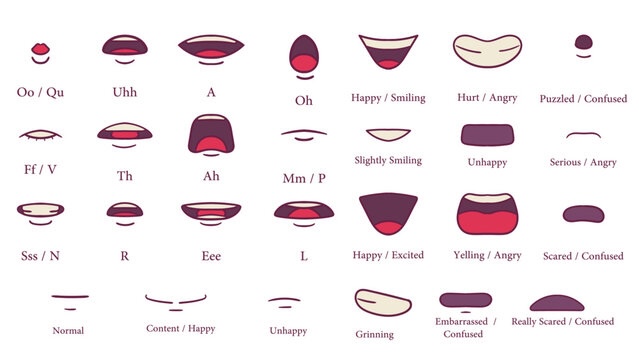
- Lip Synch: Lip sync exercises are crucial for improving animation skills. Through this exercise, I learned how to synchronize a character’s mouth movements with sound, making dialogue more vivid and realistic.
Through these animation exercises, I not only improved my animation production skills but also cultivated my understanding of character portrayal, storytelling, and emotional expression. I believe these learning experiences will lay a solid foundation for my future animation creation journey.